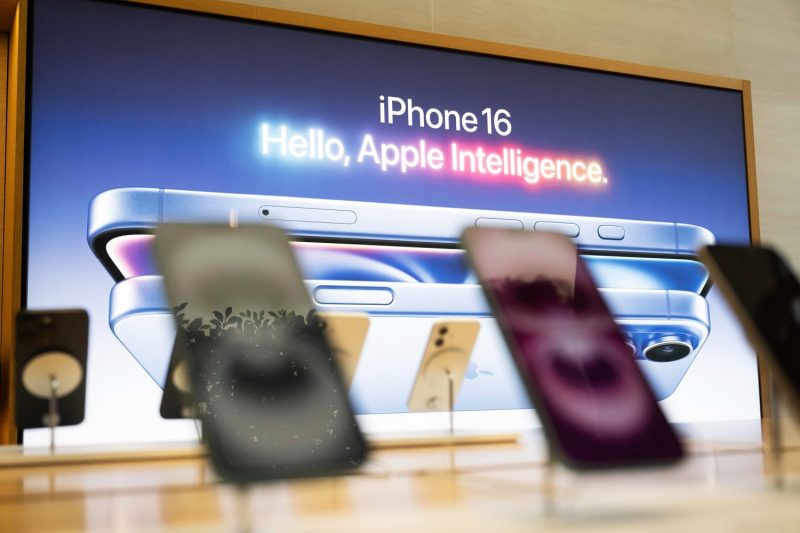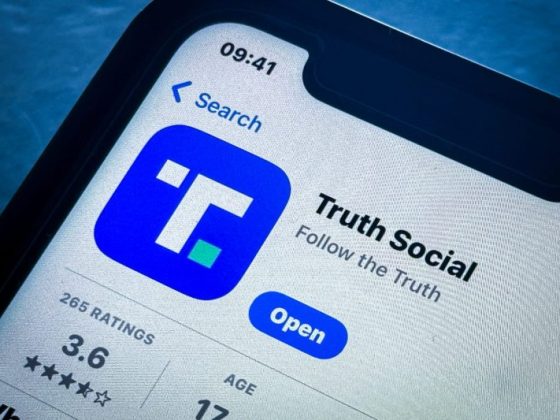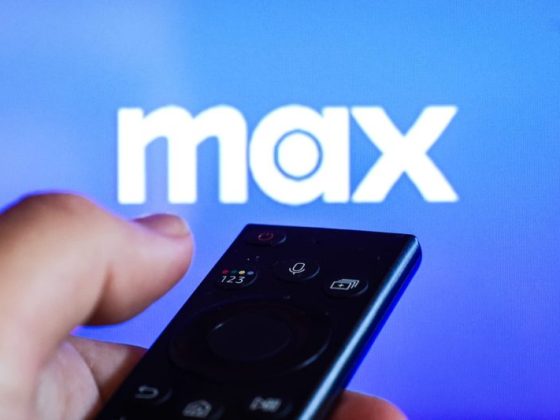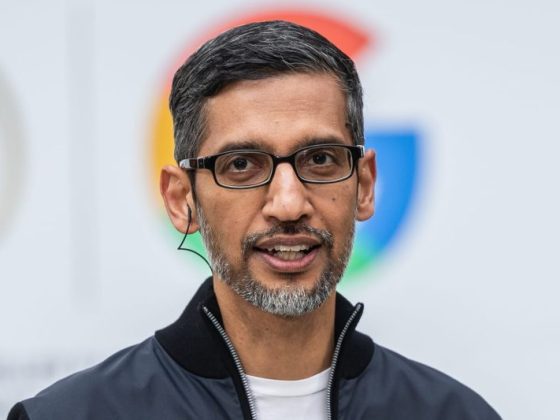Apple Inc., the multinational technology giant recognized for its innovative technological proposition in smartphones, laptops, smartwatches, and a variety of other devices, is steadily but assertively making its way into the Artificial Intelligence (AI) race. The mega-company is seeking to gain a competitive edge in the AI field by harnessing the collective brilliance of its dedicated army of developers – a strategy that sets its playbook apart from the conventional.
In the heart of its radical AI strategy, Apple has turned to its community of developers, the unit’s tremendous creative talent that has fuelled much of its product evolution for many years. Developers have played a key role in shaping the technology systems in Apple products, giving users an unmatched experience on par with state-of-the-art technology advancements. By tapping into this enormous talent pool, Apple seeks to push the boundaries of AI applications further than ever.
By integrating AI into the next generation of Apple devices, the goal is to streamline user experience, enhance functionality and introduce new features that could change the way people interact with technology. Siri, Apple’s voice-enabled virtual assistant, is already a significant testament to the company’s pioneering work in the realm of AI. However, alongside noteworthy competitors such as Amazon’s Alexa, Google’s Assistant, and Microsoft’s Cortana, the challenge for Apple is to up the ante in an intensely competitive market.
To make a lucrative mark in the AI industry, Apple relies extensively on its developers’ expertise. With the release of the AI toolbox for developers, Apple has provided the necessary tools and infrastructure needed to develop sophisticated AI applications, in a clear bid to democratize its AI development process. This approach, embracing and encouraging a form of crowd-sourced AI innovation, is truly insightful. It not only adds to Apple’s competitive advantage but also empowers and includes the developer community in its path-breaking expedition into AI.
Apple’s strategy of involving its developers in the AI race is driven by its unwavering commitment to user privacy. The company’s stance puts stringent restrictions on sharing user data, a policy that, while laudable for its focus on user rights, also impedes traditional AI development approaches wherein massive data sets are typically used to train AI models. By banking upon its developers, Apple aims to overcome this challenge – developers are encouraged to build AI models that conform to the company’s privacy guidelines while also pushing the boundaries of technological innovation.
Importantly, Apple’s approach also involves nurturing a culture of continuous learning within its developer community. Resources like machine learning (ML) academies and the annual Worldwide Developers Conference (WWDC) offer developers opportunities to learn, innovate, discuss, and share AI-centric ideas.
Apple’s journey into the AI, realm skilfully propelled by its talented pool of developers, signifies a key shift in conventional AI development strategies. The company’s focus on leveraging internal talent, while ensuring the highest standards of user privacy, indicates a forward-thinking approach that is likely to shape the future of AI advancements.
However, the competitive landscape of AI is ever-growing and endlessly challenging. Maximizing the potential of its developer community offers Apple a significant opportunity to stride ahead in this race, but the actual outcome would undoubtedly be governed by the pace and quality of AI innovations that unravel in the time to come.











